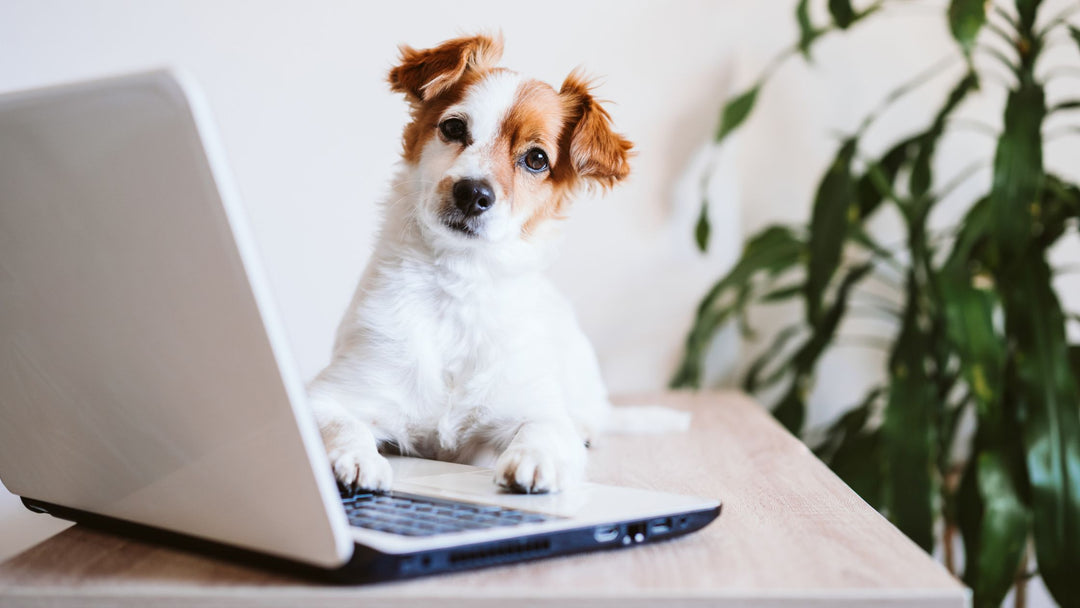Do You Know How to Work Corners?
Do you have an idea of how the odor may flow or interact with a corner?
Do you assess how "busy" the corner in-question may be or what elements near the corner may affect the overall odor picture?
Have you set-up training exercises to promote your dog to work into the corners themselves?
Are you aware that as a handler, you have the power to draw your dog's attention to a corner while not taking over the search?
If you answered "No" to any of the above questions, do not fret, you are not alone. The ability to successfully work corners in Scent Work searches is a common weakness for many dog and handler teams. Corners can actually be rather tricky, so we need to take the time to show our dogs what this special odor picture looks like and then design training exercises to help them be successful in solving these puzzles.
First off, you need to know how odor may work within a given corner. Nose Work Dogs has put together some fantastic videos on their Facebook Page which illustrate how odor may work within a corner.
Here is a video showing an obtuse corner.
Here is a video showing what happens when someone walks by.
As you can see, odor is fairly active in a corner. It may follow along a wall. The flow may be affected by a nearby door or movement. Now, just imagine if there were other "things" or "stuff" near this corner. A desk or a cubby of some sort. A place for the odor to collect and pool. Perhaps fabrics that would soak up the odor. Your simple corner hide doesn't seem quite so simple anymore, does it?!
So, what can you do?! Practice, practice, practice!
Start off with a "clean" corner, something that is not too busy. Pair the hide so the dog can be immediately rewarded when they find it and then jackpot them at source (feeding 3-5 treats one right after another). Make sure that you wait! Do not lead the dog to the hide, let them figure it out. This is the power of learning. Depending on the set-up, see if you can have the dog approach the same hide from different angles. For instance, perhaps you are using a corner in a hallway. You can come at from one direction in your first run and then from another direction in your second run.
Once your dog is doing well with a "clean" corner, add some items to it to make it more busy (you can, and should, do this in a separate training session). Don't go crazy. Adding a single item may be enough. Again, pairing the hide will ensure the dog is immediately rewarded for being correct, but you should still jackpot them as well.
You can then play with this set-up quite a bit: moving your start line, adding more items, using a floor fan pointed at the corner to change the odor picture entirely. Be creative without trying to trick the dog.
MOST IMPORTANTLY: Do not rush the dog. If it takes them 5 minutes to sort it out, it doesn't matter. You are training which means they are learning. Give them the time to do so.
Next, move to a naturally busy corner. Play with where you place your hide as well as the type of odor vessel that you use. For instance, a straw odor vessel will shoot the odor out the ends while a metal tin with holes will have the odor escape in a different way. Generalize, generalize, generalize! You do not want to put in all this work to find out your dog can only work out the puzzle if a certain odor vessel is used! Remember: dogs are incredibly contextual, we need to help them generalize everything they learn.
Furthermore, do not feel as though you have to bury your hide into the deepest part of the corner, especially right out of the gate. Always think of safety while being mindful to work incrementally. You can absolutely go BACKWARDS in your training if you try to rush.
What happens if your dog is not getting into the corner...there is a handling technique you can use that doesn't rob the dog from their lead role in the search.
Simply step into the corner for a moment. Don't motion. Don't point. Don't say anything. Just simply step into the corner and once the dog starts heading there, step back at least two steps, if not more, to grant them as much space as possible to do their work. Our dogs are incredibly in-tune to us and you moving into the space is all your dog will need to go investigate it further.
The key is, don't allow this handling technique to become a crutch. Only use this when you absolutely need to. In your next training session, wait longer before you even think of stepping into the corner, thus encouraging the dog to figure this out on their own.
Lastly, be sure that you are not shying away from presenting corner hides to your dog. Balance in our training is indeed important, so you do not want to do anything to death. However, avoiding corner hides entirely is not going to help either.
So, how do you work corners and are there ways you could be stepping up your game?
#handlingcheckin #scentworktraining #noseworktraining #scentwork #nosework #scentworku #scentworkuniversity
More from
>
Handler Tips
Scent Work University
Join Our Newsletter
Stay up to date with all the happenings at Scent Work University, including the release of new online courses, seminars, webinars, eBooks and receive exclusive promotions and discounts!


